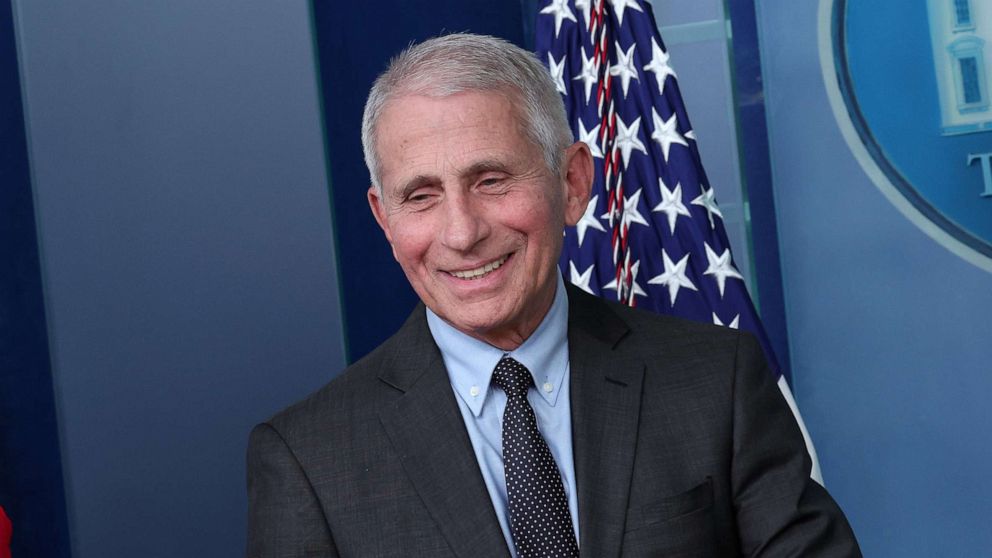
Dear Commons Community,
If you enjoy watching soccer, the United States/England World Cup match yesterday was a game for the ages. The two teams played to a 0-0 tie but you could feel the emotion of the game throughout the ninety minutes. Fans in the seats were cheering passionately, lots of sweat and bodily contact on the field, but no one able to get a ball in the net. Here is a write up courtesy of the Associated Press.
“Respect achieved. Wins await.
American players wanted more than a 0-0 draw with England on Friday night, likely the most-watched match of their lives.
The U.S. shut out a European opponent in the World Cup for the first time since 1950 yet left the tent-like stadium in the Arabian desert knowing a win in Tuesday’s politically charged matchup with Iran is a must to reach the knockout stage.
“We dominated the game. We had the more clear-cut chances. Obviously, it sucks that we couldn’t put the ball in the back of the net,” said midfielder Weston McKennie, standing out with red, white and blue streaks in his hair. “There’s a lot of people that obviously thought we were going to get blown out.”
The British tabloid The Sun ran a headline calling the result “Yawn in the USA.” England supporters booed loudly at the final whistle and American fans cheered.
“I guess that’s a positive sign,” U.S. star Christian Pulisic said. “Back home watching, I hope we made a lot of people proud.”
Playing before what figured to be a huge Black Friday television audience, the former Colonies remained unbeaten in three World Cup matches against Ye Olde Country, a run that includes the famous 1-0 upset at Belo Horizonte, Brazil, in 1950 and the 1-1 draw at Rustenberg, South Africa, in 2010. The U.S. had conceded goals in 19 consecutive Cup matches against European opponents until Matt Turner matched Frank Borghi’s clean sheet of 72 years earlier.
American fans outcheered England supporters, too, including a cheeky serenade of “It’s called soccer!” in the 40th minute.
“Now I’ll go back and I don’t think my Leeds teammates can say anything with all the banter they were saying before,” midfielder Brenden Aaronson said. “I think it does show that were going to get respect out of this game.”
In 2010, England dominated 14-10 in shots and 6-4 in corner kicks. This time the U.S., using five starters from Premier League clubs, led 10-8 in shots and 7-3 in corners.
McKennie had the best U.S. chance, putting an open 9-yard attempt wide from Tim Weah’s cross in the 26th minute. Seven minutes later, Pulisic bent a shot with his weaker left foot around Kieran Trippier and Bukayo Saka, and the ball glanced off a fingertip of goalkeeper Jordan Pickford and against the crossbar.
England’s best opportunity came in second-half stoppage time, when Harry Kane sliced a header wide from Luke Shaw’s free kick.
The U.S. wore blue tie-dyed uniforms in Bayt Stadium, which has a tent-shaped roof with an underside in a red-and-black carpet pattern. The interior is filled with the sadu pattern of the Bedouin.
Coach Gregg Berhalter made just one change from the 1-1 draw against Wales, replacing forward Josh Sargent with Haji Wright in just his fifth international appearance. Usually wedded to a 4-3-3 formation, Berhalter switched to a 4-4-2 that was first practiced Wednesday, according to Aaronson, who referred to it as an “amoeba.”
“Regarding changing the way the world views American soccer, we’re chipping away at it, and you need games like tonight to be able to do that,” Berhalter said. “I talked before the World Cup about how seriously the team is taking, the staff is taking this responsibility to gain momentum in this sport in America, and good performances will do that. We want to capture the public’s attention. We want to perform at a high level. We want to give them something to be proud of, and a night like tonight helps, but there has to be more to come.”

Still, the U.S. has five losses and five draws against European teams at the World Cup since beating Portugal in 2002. Looking ahead to the Iran match likely will be the huge topic of Saturday’s Thanksgiving dinner with players, family and friends.
Iran upset the U.S. 2-1 at Lyon, France, in the second game of the 1998 World Cup, eliminating the Americans. Team Melli is coming off Friday’s 2-0 upset of Wales and would advance with a win, or with a tie if Wales fails to beat England.
“All we can ask for is to have destiny in our own hands,” Turner said, “and we have that.”
Go USA! Go USA Go!
Tony












